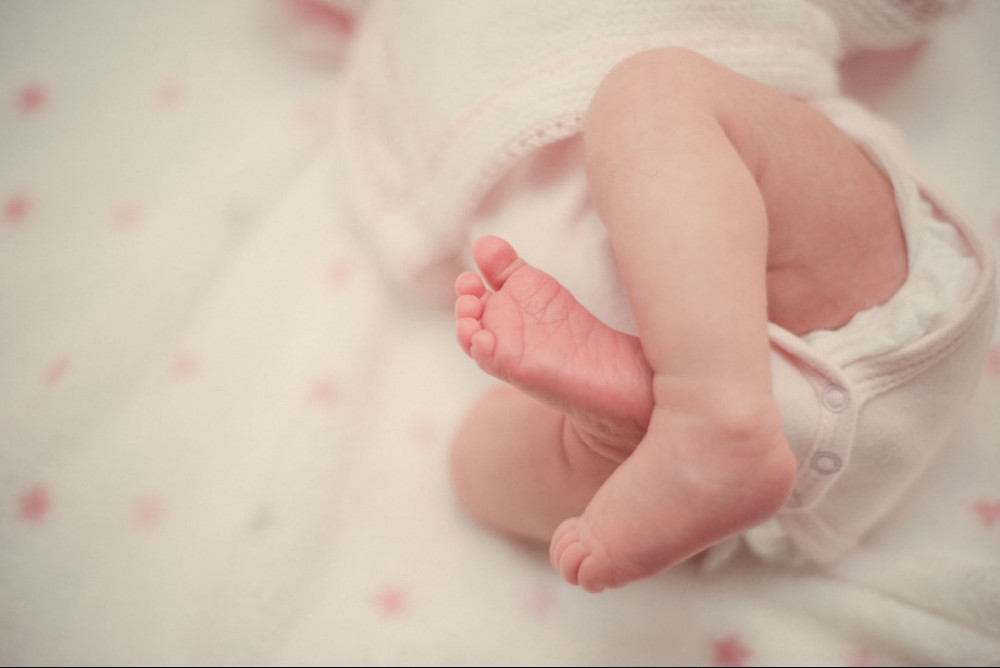
We are now living in the world where everything is done for us. The good thing with that is productivity and efficiency in enhanced tremendously. We have GPS that took the place of maps. We have Siri, Alexa, etc., that answers our every day questions starting from the weather up to the best color clothes to wear for the day. We have self-driving cars, that parks the car for you, We have SMART phones that does most of the information search for you.
The hydration sensor is highly sensitive to changes in humidity and provides accurate readings over a wide range of relative humidity levels, from 5.6% to 90% (Research at Penn State).
This invention created a lot of stirs to the public. People claim “babies already alert us when they’re wet, why do we need an app for that?” Another claimed. “It is another excuse to ignore the babies more”. Some even suggested that if you need an app to alert you if your baby is wet, you may not be a fit parent. Some were even questioning the safety of the blue tooth radio signal directly close to the babies’ genitals. Others would say, if you need a text to know when to change your baby, maybe you shouldn’t have kids. And yet others would agree to the advancement of invention.
Despite the may noise created by the latest invention, Penn State’s project stated that the “graphite technology” has a lot of other uses outside of the crib. The goal is early prediction for disease conditions and health situations, to spot a problem/problems before it is too late.
Their invention on the detection technology will be used to monitor multiple health issues. The graphite technology will be placed in a face mask to create a respiration monitor that can detect mouth breathing from nose breathing while classifying three different states of breathing : regular (normal); deep (labored); rapid (tachypnea)
The information that was derived from the respiratory monitor can detect various health conditions such as cardiac, pneumonia and clinical deterioration.
The “graphite technology” will alert family, caretakers and healthcare workers to the changes in a patient’s condition.
The “smart diaper” issue may cause dissensions among many, but should really acknowledge the unique underlying technology that can detect the tiny bit of changes in someone’s health that is very significant.



